The Peppercorns
10s & 11s
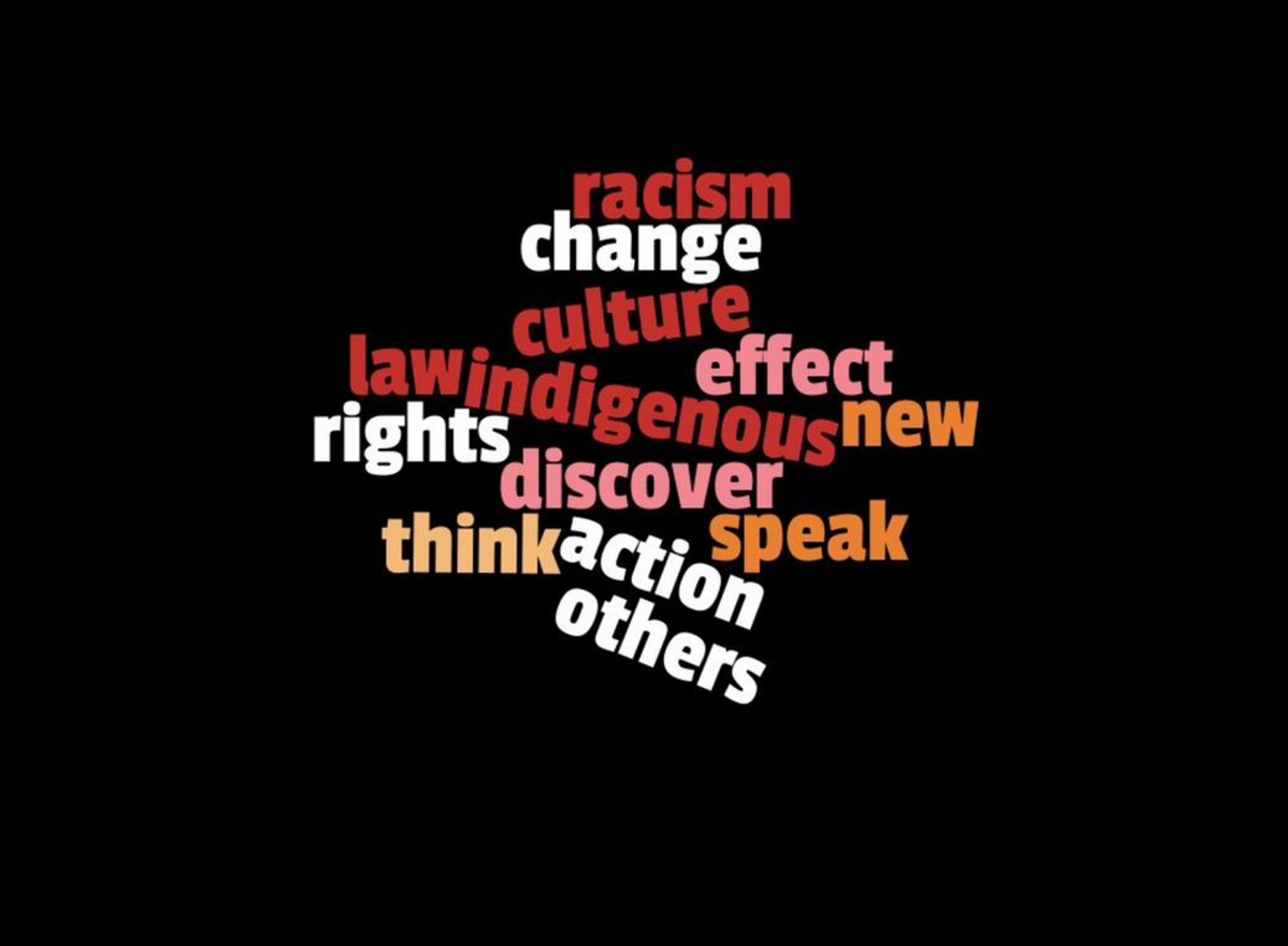
The Peppercorns
10s & 11s
It’s come to the end of a busy term of remote learning and we thought we’d take this opportunity to share a snapshot of our learning with the Preshil community. We are so proud of all the children and what they have accomplished. Thank you to all the families for your support and we hope that you have a wonderful and restful break.
Unit of Inquiry
Transdisciplinary Theme: Sharing the planet
Title of Unit: Are we equal?
Central Idea: The way people manage relationships can have positive and negative effects.
Key Concepts: Perspective & Responsibility
Learner Profile: Open Minded, Caring & Reflective
Lines of Inquiry:
● we have rights and responsibilities to ourselves and others within our community
● the choices we make can affect others
● reflection leads to change of behaviour.
During this Unit of Inquiry we captured the essence of how we as a society can inform, educate and contribute to peace, conflict resolution and equal opportunity. Our conversations led us to a focus on the Australian Constitution. We explored certain sections of it and whether or not they are inclusive of Australia’s First People. We looked at reconciliation, the difference between Acknowledgement of Country and Welcome to Country and Dreamtime stories. We responded creatively to some of the Dreamtime stories we listened to and also reflected on our thoughts about and feelings toward what we were discovering in our inquiry.
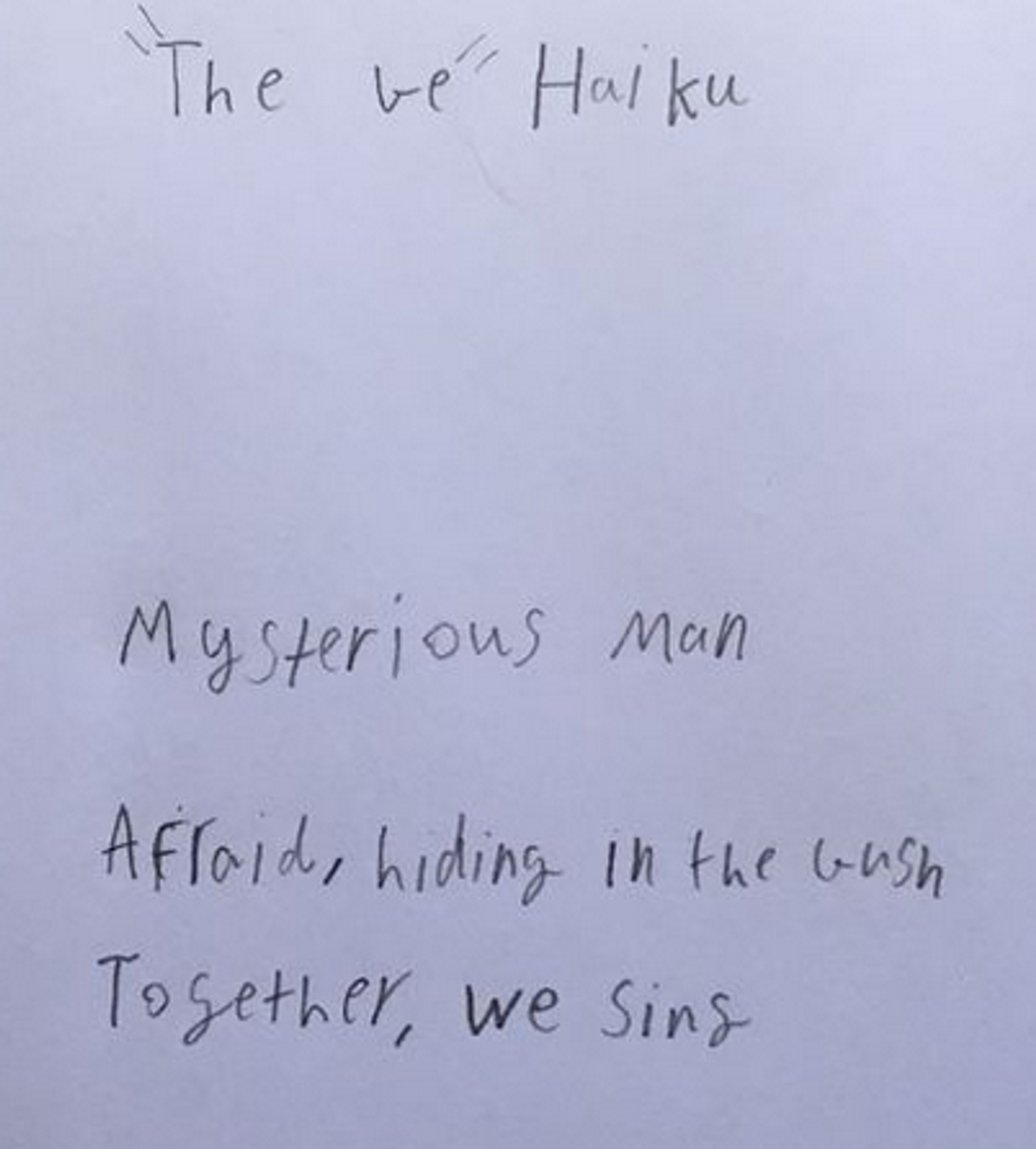
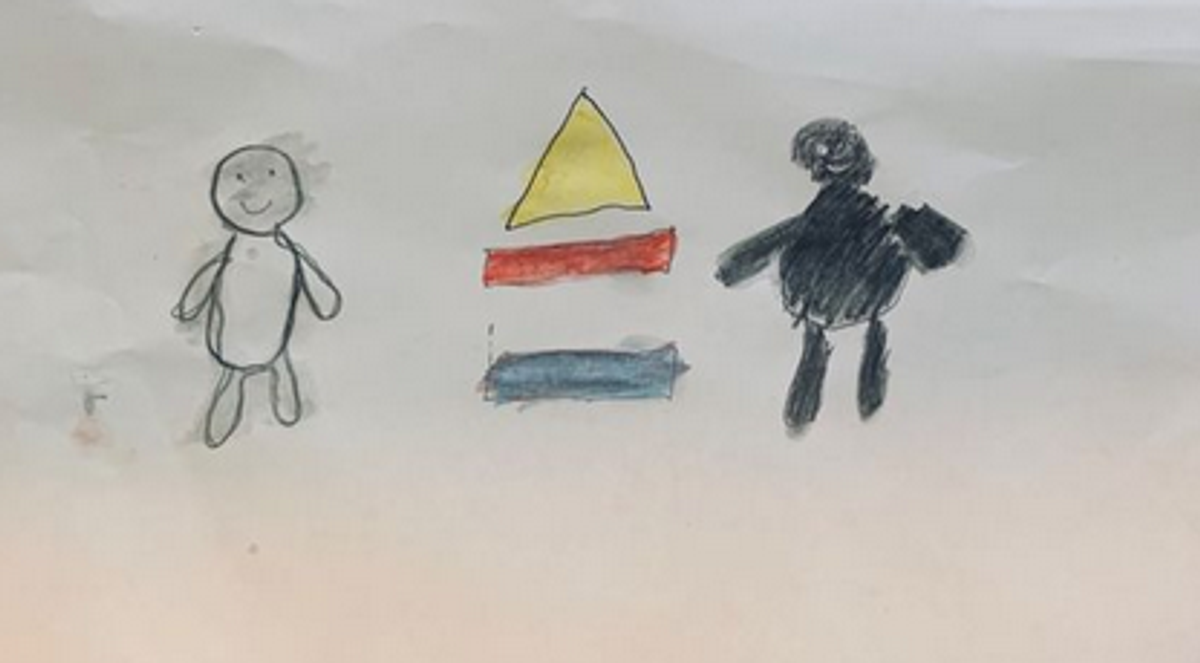
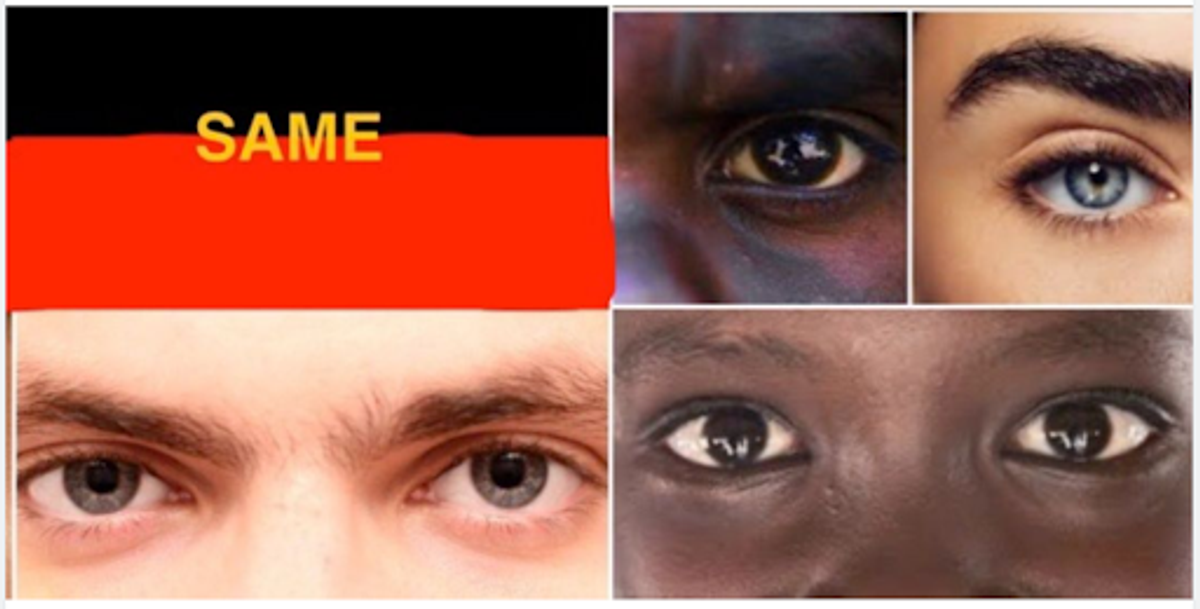



The children explored equality on a personal level by focusing on an aspect of the inquiry they felt strongly about. The passionate nature of our discussions lent itself to exploring different ways to persuade people of your point of view. We analysed some of the literary techniques used to persuade and the children experimented with different approaches. Building on from this, the children wrote a persuasive essay using techniques like loaded language, rhetorical questions and quotes to persuade the reader. Some examples:
“Racism is a Really Sad Aspect of AFL”.
“Do you wonder why there is not fair pay in sports?”
“Did you know that transgender people are not going out as much because there are no gender-neutral bathrooms?”
“BLM - A Persuasive Essay”.
The children further extended their thinking by creating another form of persuasion to support their opinion e.g. posters, slogans, advertisements and ‘movie trailers'. Here a just a few:
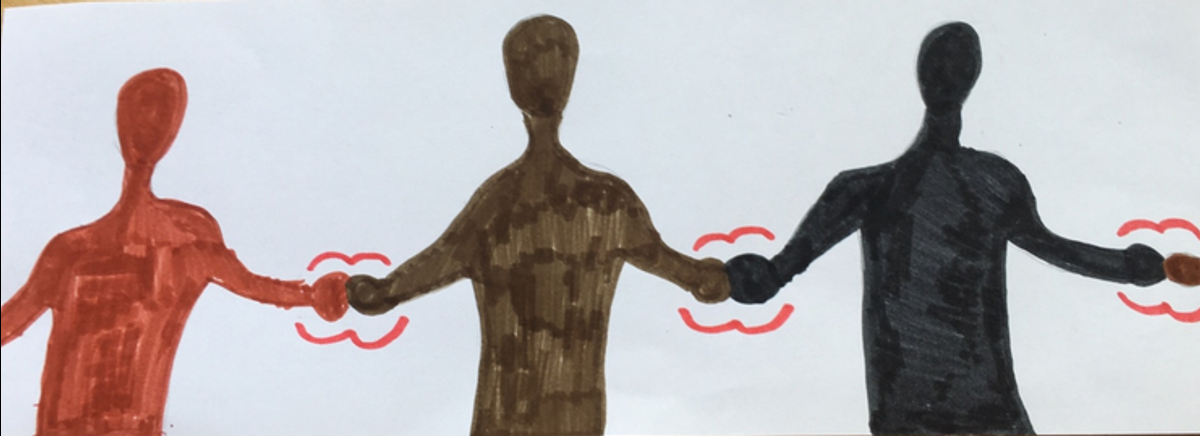

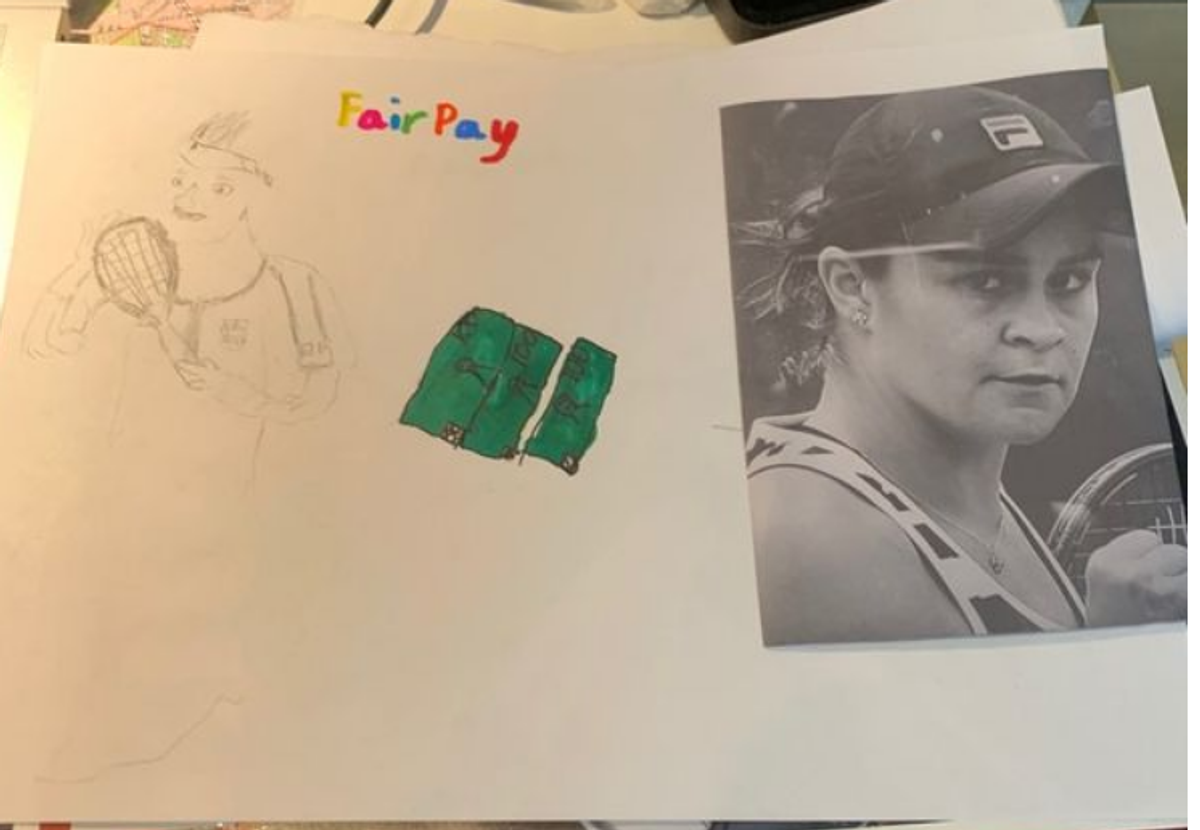
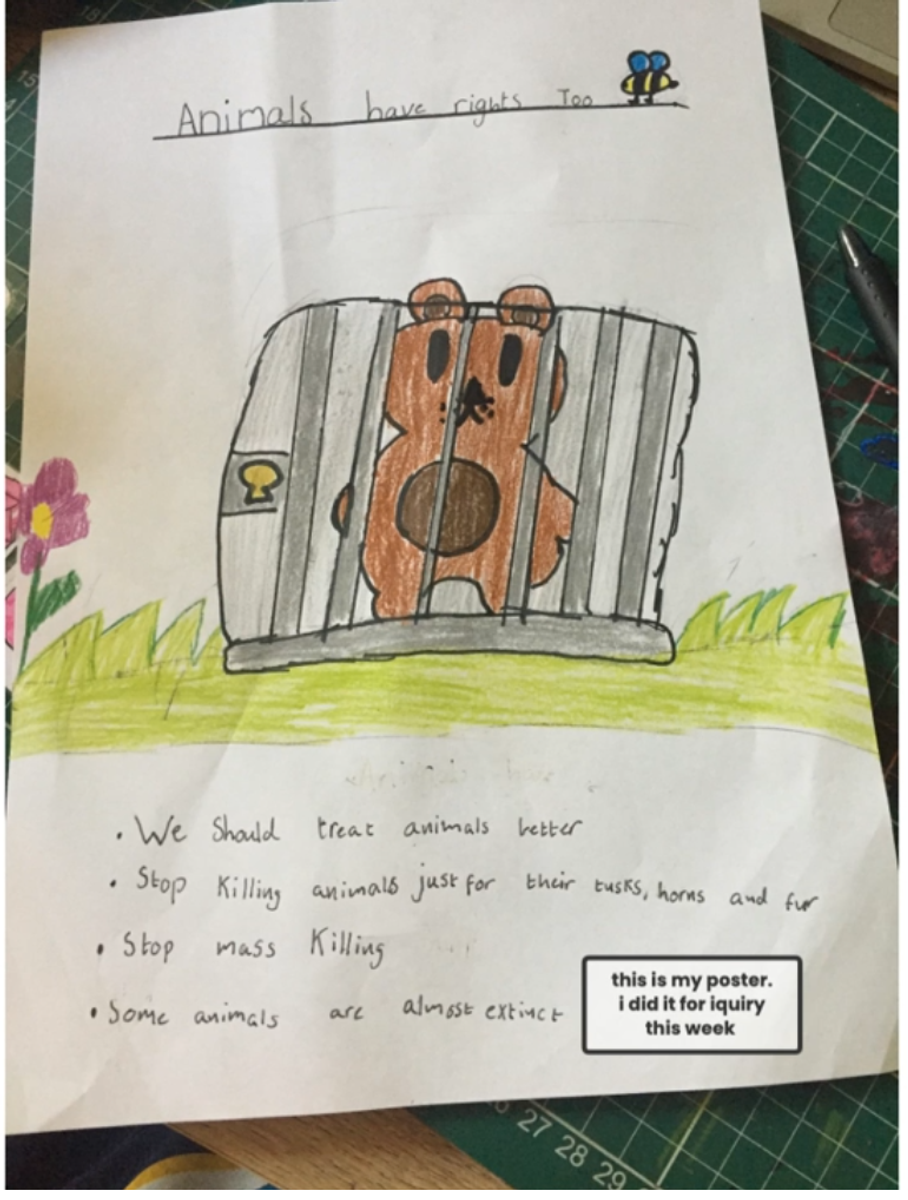






Numeracy
Statistics and Probability was our focus for Maths this term. The children engaged in various chance experiments and interpreted and constructed various graphs. The children gathered data during their PE activities and used this information to construct a double column graph. Some children opted to construct their graphs by hand, others did so digitally using Google sheets:
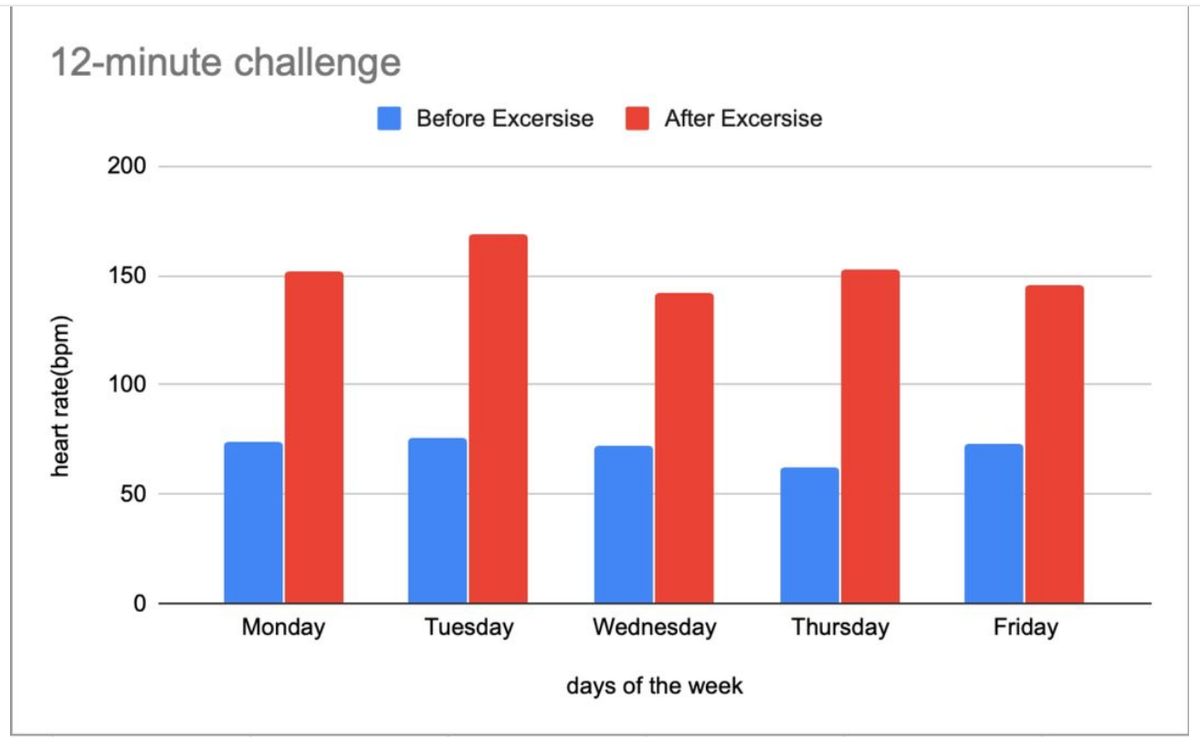

The children also enjoyed the various maths challenges that were presented to them on a weekly basis. Here’s one of them. Have a go!
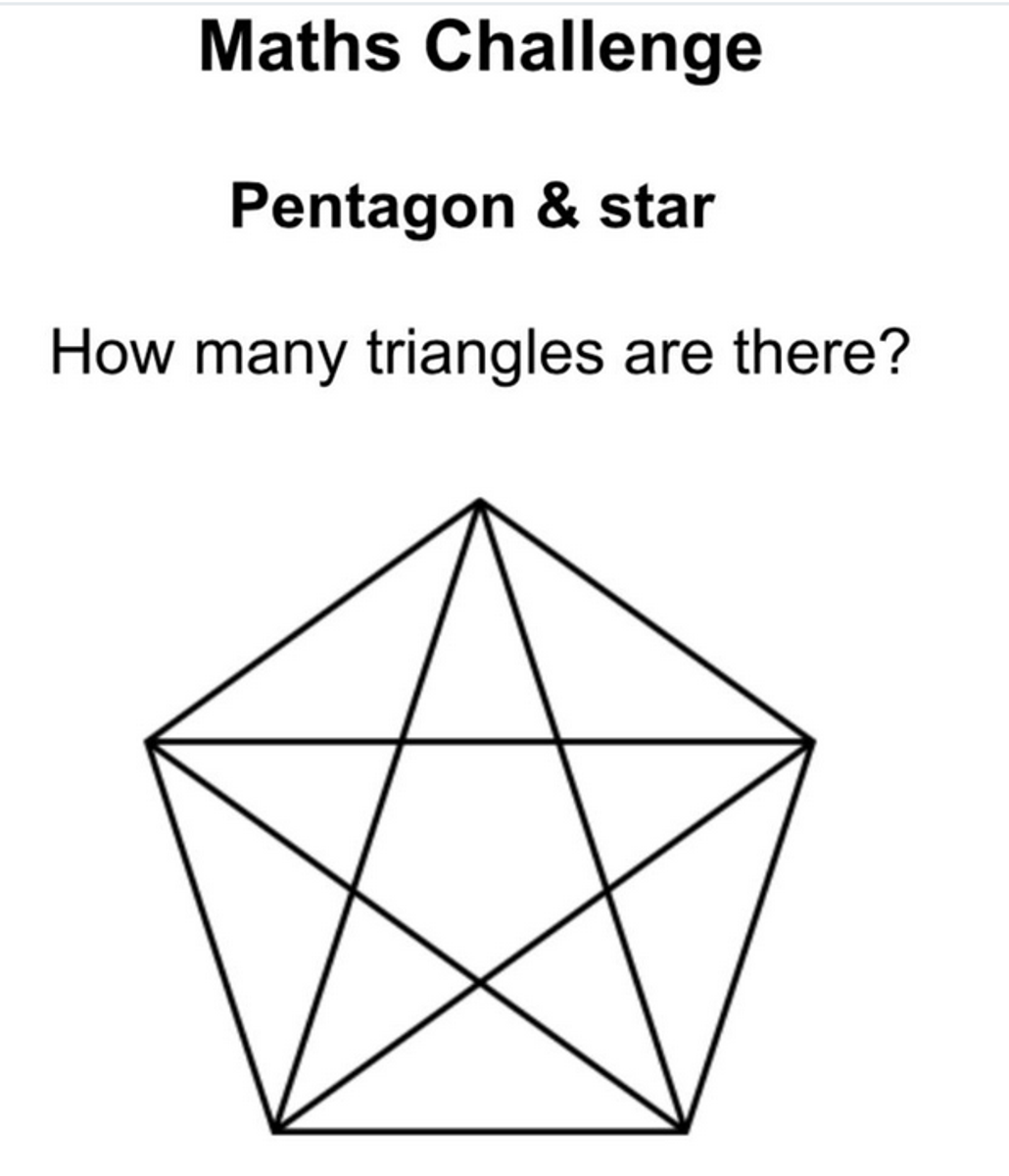

The following learning intention framed our exploration of Biological Sciences: Living things have structural features and adaptations that help them to survive in their environment. With plants in mind, the children investigated the life cycle of a plant, how they reproduce and how they grow. The children also conducted various experiments at home to help them understand concepts such as photosynthesis and transpiration. Our focus then shifted to a microscopic level and we investigated cells (the building blocks of all living things). We had a great discussion about whether viruses are classified as living or non-living organisms. The children constructed a 3D model of either a plant or animal cell. They labelled the various organelles and outlined their functions.
Flower dissection: Taking a closer look at the various parts of a flower and investigating their function.
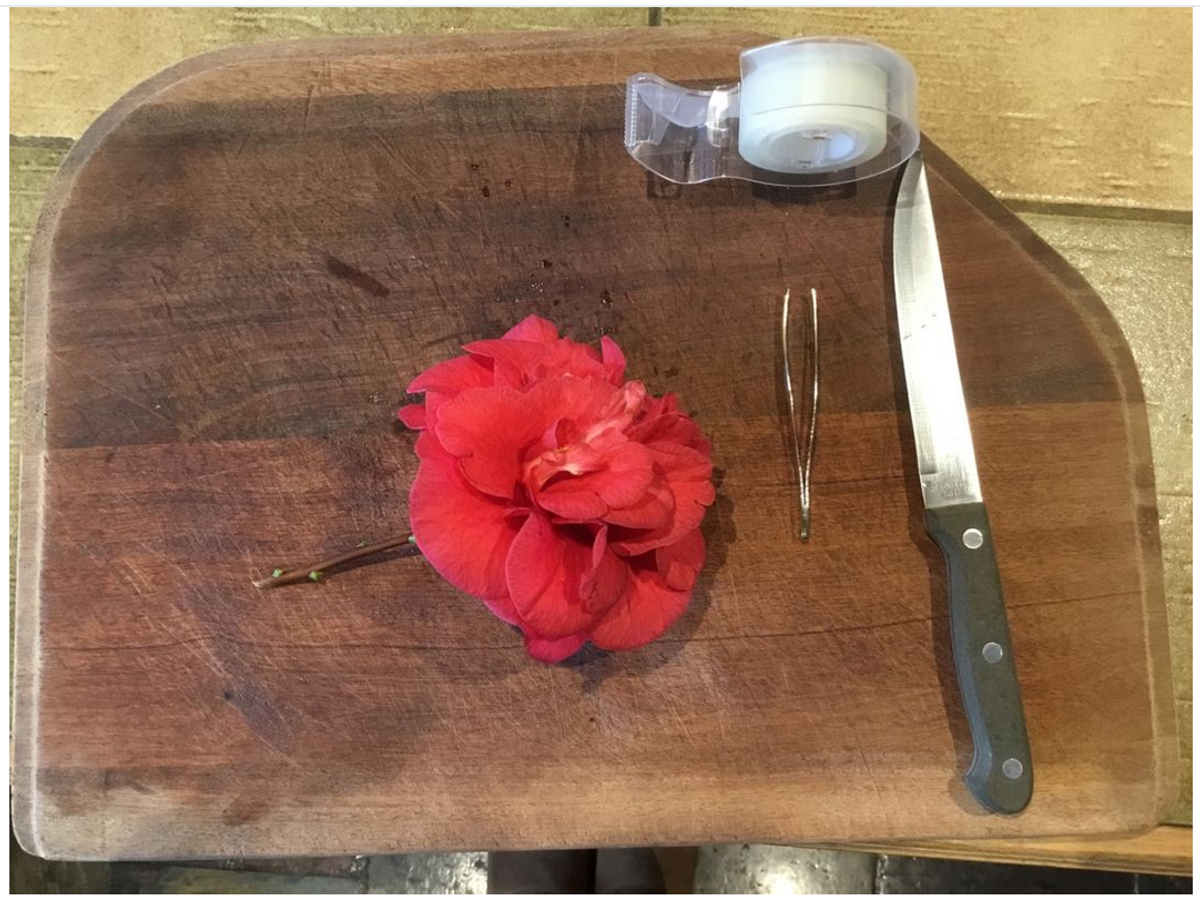



Transpiration in plants: Evidence of water (dyed blue) travelling up the stem of a celery stick towards the leaves via the xylem.
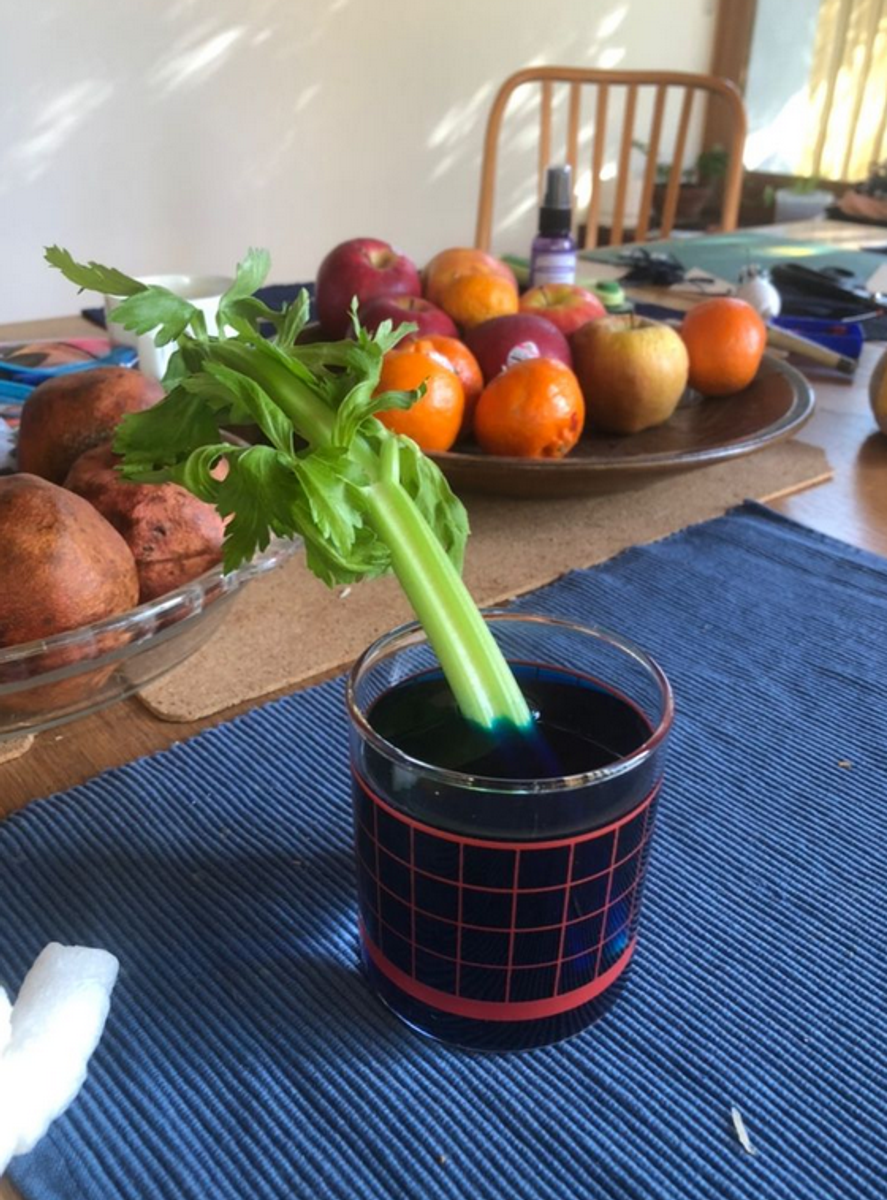
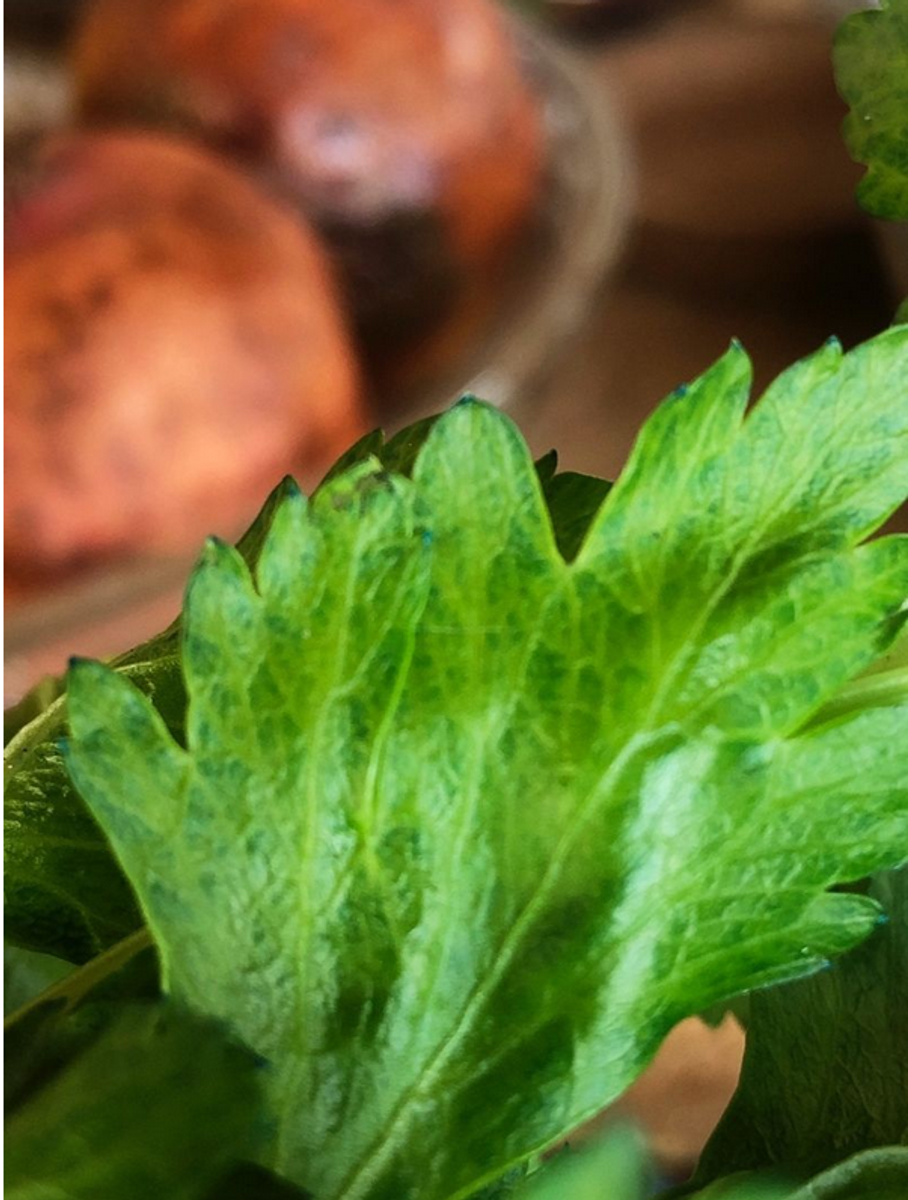


Photosynthesis: The gas bubbles in Image 2 are evidence of photosynthesis occurring. Sunlight, water and carbon dioxide are being used to produce oxygen (tiny gas bubbles on the leaf are visible).
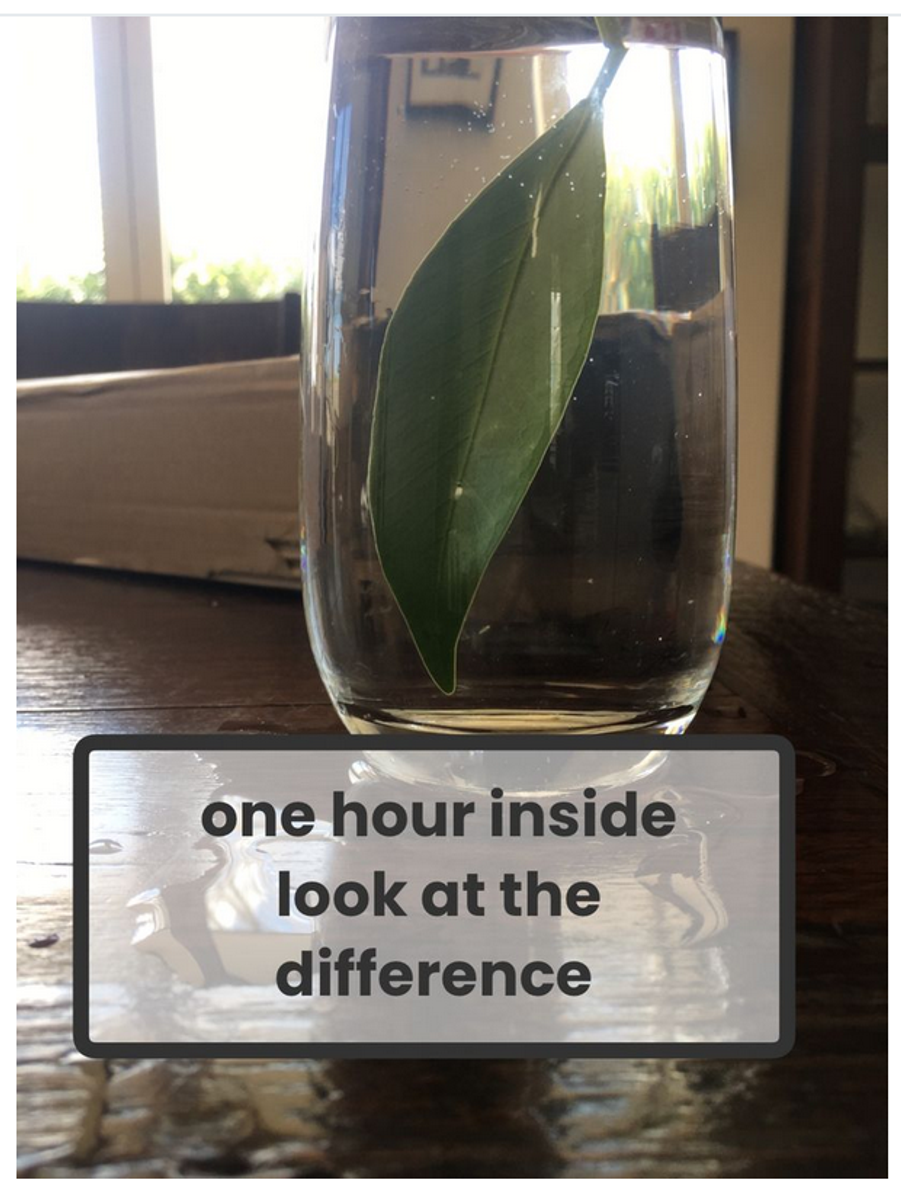
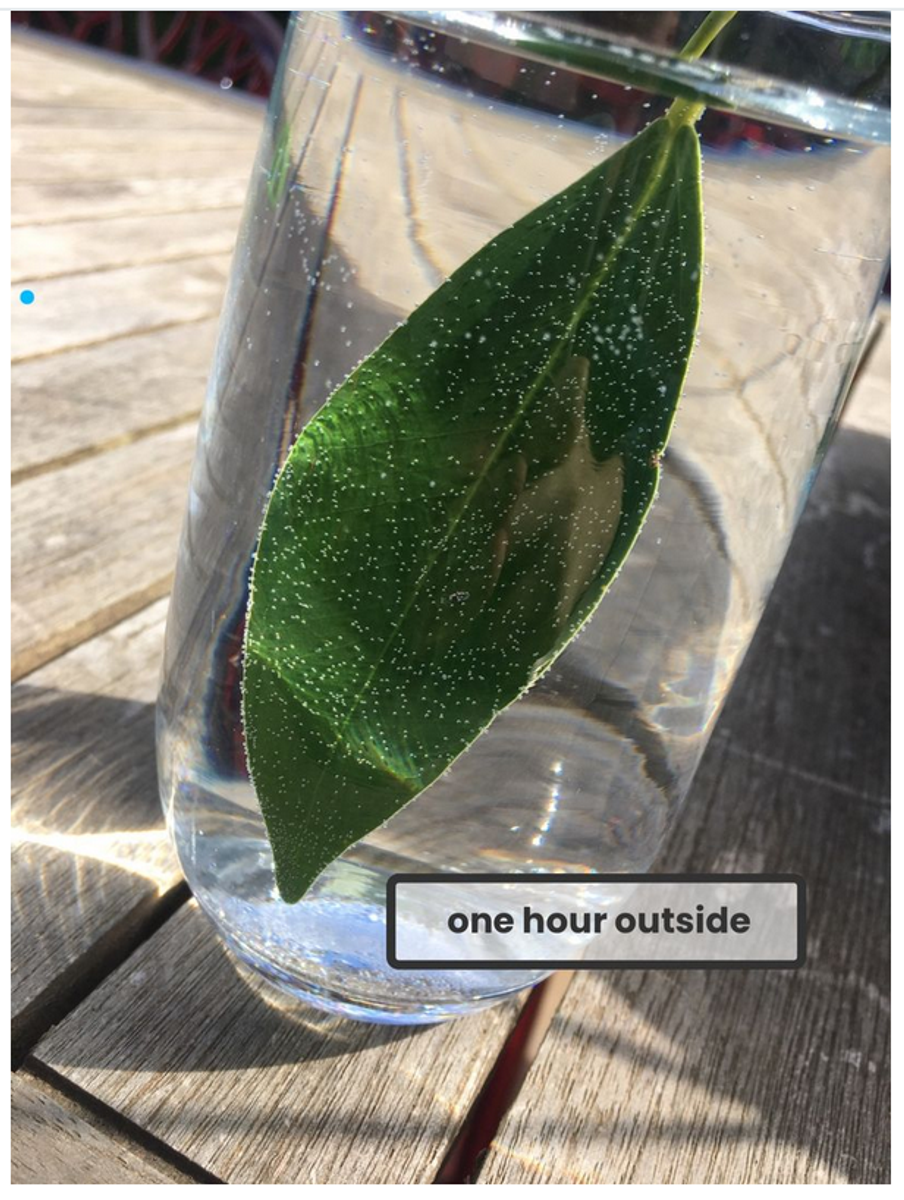


Photosynthesis: An annotated diagram showing the inputs and outputs of photosynthesis.
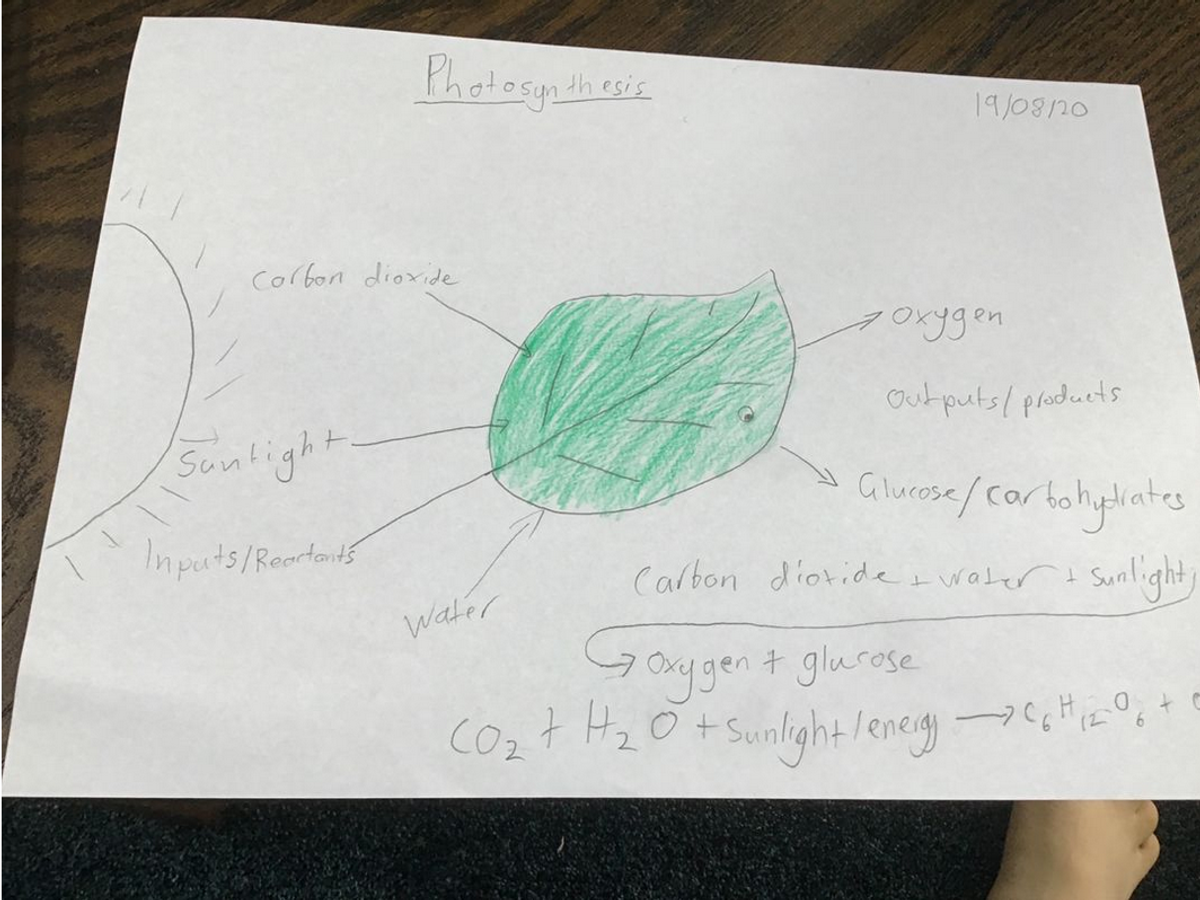

Using Minecraft to construct a cell model:
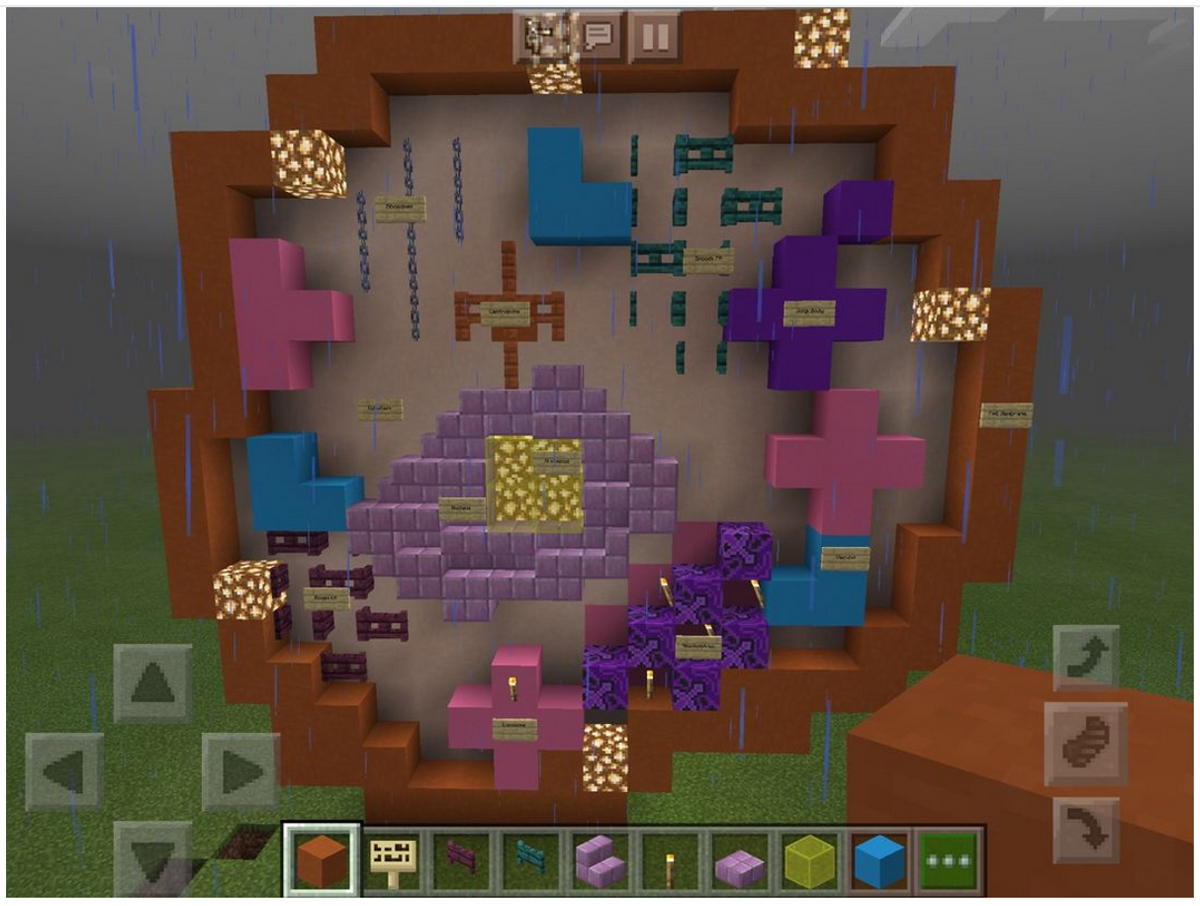

Using baking, jelly and toppings to construct yummy cell models:
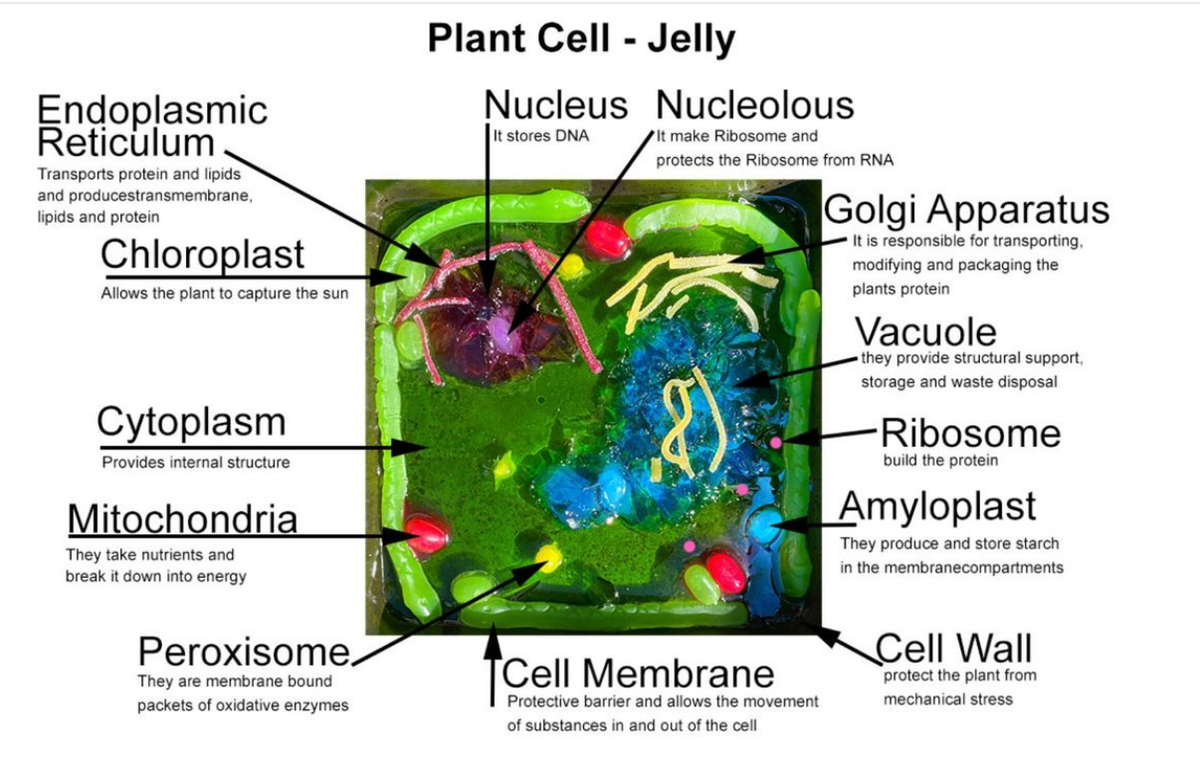
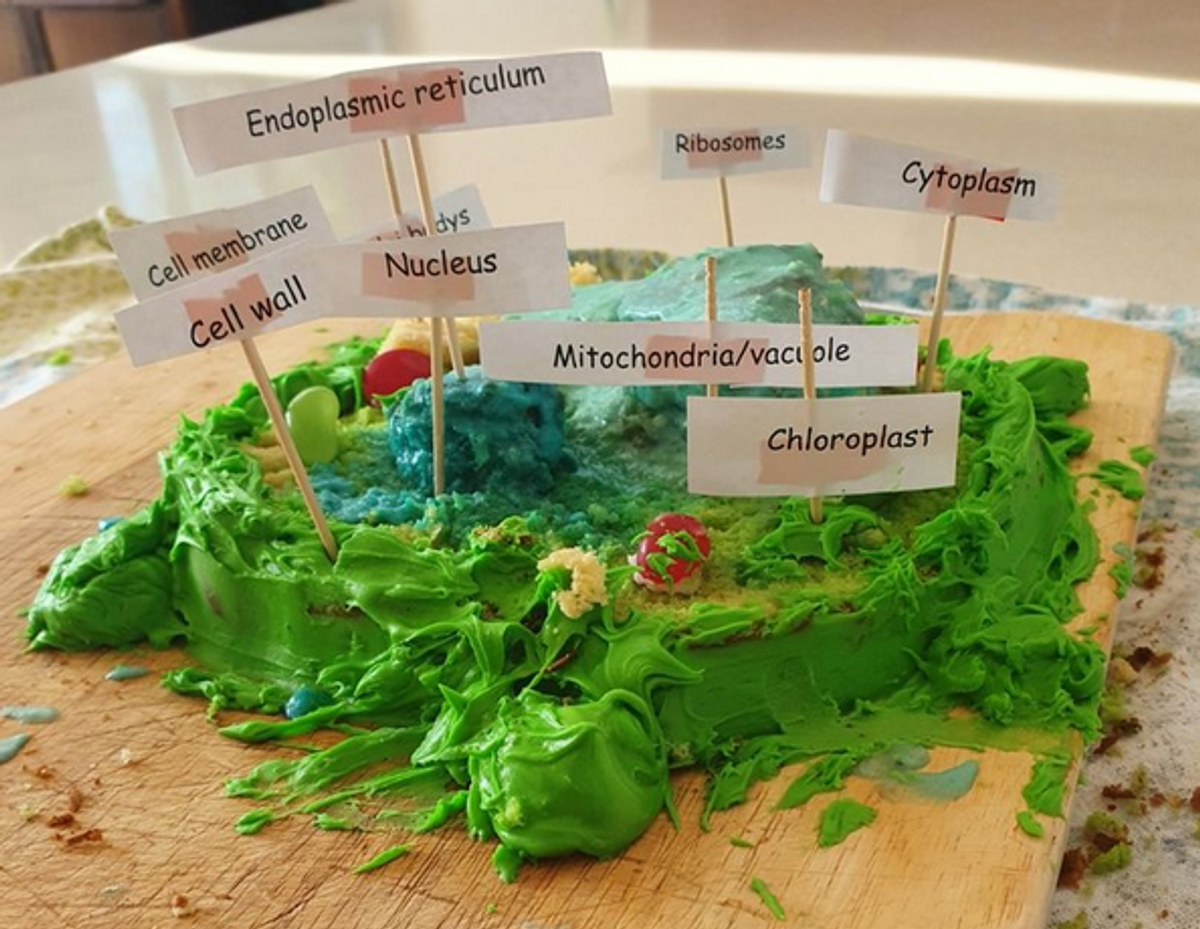
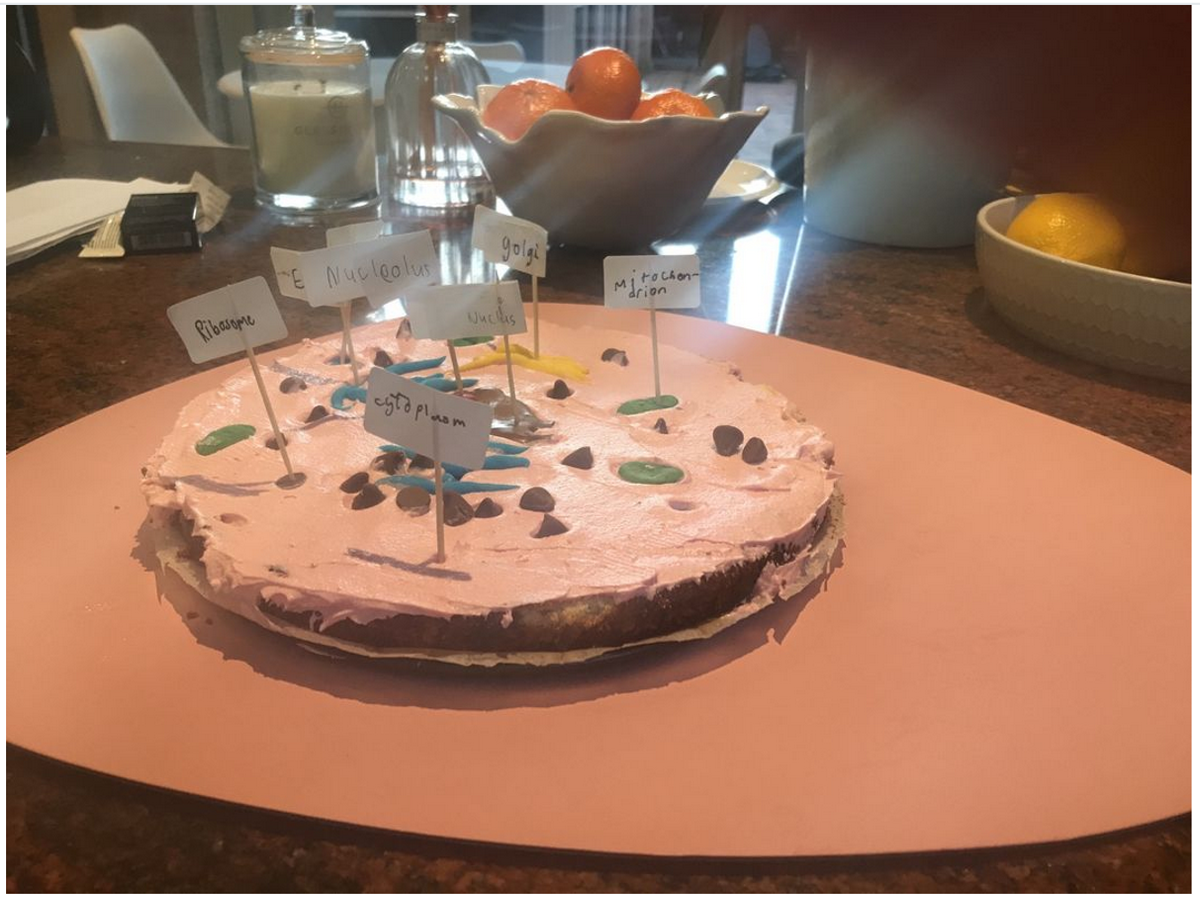



Using arts and craft to make cell models:
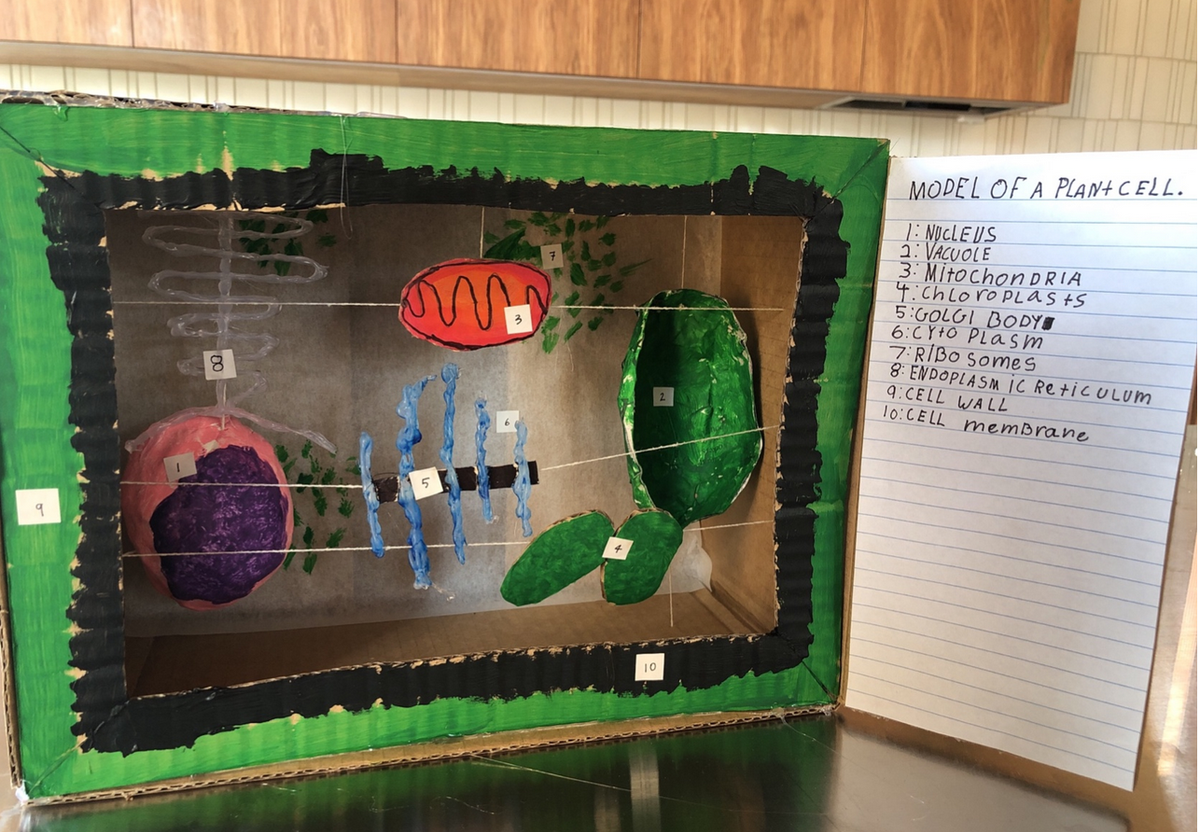

Rosie Grimm & Victor Toufas
10s & 11s Classroom Teachers